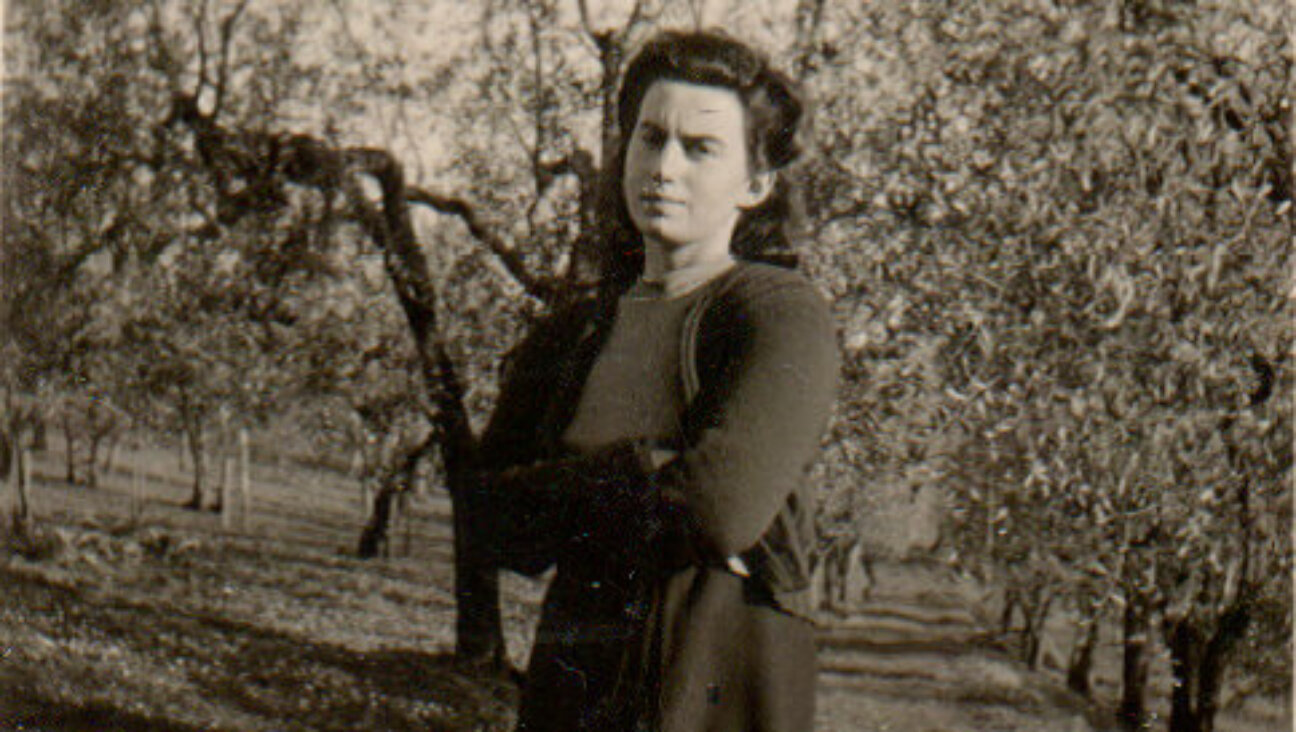Was It Pushed Or Did It Fall?

Image by GETTY IMAGES
Uncivil Society: 1989 and the Implosion of the Communist Establishment
By Stephen Kotkin, with a contribution by Jan T. Gross
Modern Library, 197 pages, $24
There is no Freedom Without Bread: 1989 and the Civil War That Brought Down Communism
By Constantine Pleshakow
Farrar, Straus and Giroux, 289 pages, $26
In the cascade of nostalgic remembrances that accompanied the 20th anniversary of the Berlin Wall’s fall, one was particularly disconcerting: Angela Merkel’s. On the evening of November 9, 1989, Merkel, then a 35-year-old physicist living in East Berlin, had an appointment for the sauna. It was her regular weekly ritual, and she wasn’t about to disturb it just because the world she had always known was suddenly, very rapidly, crumbling. “It was Thursday, and Thursday was my sauna day, so that’s where I went,” Merkel told the Guardian newspaper.
Her reasoning was simple: Things had been tense for days. History was running its course. The champagne and partying could wait. “I figured if the wall had opened, it was hardly going to close again,” Merkel said.
Yes, disconcerting. Because how could anyone living at that heady moment — let alone the future chancellor of Germany! — not be the one shoving that history along. How could anyone sit in a steam room while it happened? Moreover, how could it have happened if people like Merkel weren’t out in the streets making it happen?
It’s a picture that doesn’t really jibe with the popular conception of that annus mirabilis that has dominated the imagination for the past two decades. People rose up and grabbed their democratic and free-market birthright, tearing apart the communist and authoritarian status quo that had dominated the Eastern bloc. They did not just sit in the sauna.
But maybe they did. What if the story of 1989 is not one of popular uprising? What if, instead, a decrepit and corrupt order had simply reached its timely end? What if all it took was a light shove and not a stampede? Two new books, both by eminent historians of the Cold War era, try to offer this new narrative just at the moment when fireworks are bursting over the Brandenburg Gate.
Steven Kotkin’s “Uncivil Society” and Constantine Pleshakov’s “There Is No Freedom Without Bread!” provide self-consciously revisionist accounts of what led to the events of 1989. Their books, Kotkin’s more so than Pleshakov’s, don’t really feel like original takes on this well-known history. With little new to offer factually, they provide instead an alternate interpretation of how the dominos fell as one state after another upended its status quo. For Kotkin, the idea that there was any significant opposition to communism in the Eastern bloc “falls into the realm of fiction.” The downfall was more a result of an economic catastrophe — the countries were run like “Ponzi schemes” — coupled with the natural death of an “incompetent, blinkered, and ultimately bankrupt Communist establishment.”
Pleshakov has a slightly more nuanced approach. He, too, dismisses what he calls the “stereotypical picture of the good masses overthrowing the bad regimes.” Each of the revolutions that took place in the fall of 1989 was the result of unique and complex domestic situations. In every instance, Pleshakov writes, “behind-the-scenes dealing with the old elites, compromises between the revolutionary leaders and the Communist old-timers, and, of course, chance shaped the revolutions at least as much as people’s anger did….”
But what about Vaclav Havel and Lech Walesa and Adam Michnik? What about the great Soviet dissidents Andrei Sakharov and Natan Sharansky? For that matter, what about those moments over the 40 years of communist domination of Eastern Europe in which people risked their lives to try and shake off that domination — Hungary in 1956? Czechoslovakia in 1968? Poland in 1981?
To be fair, both books see Poland as an exception. Communism never fully took hold there — only 1% of farms were ever collectivized — and the population’s Catholicism provided a counter set of values that sustained people, spurred on, of course, by an anti-communist Polish pope. If any country could be described as having developed a parallel society, a counter to the oppressiveness of the state, it was Poland. In the rest of the Warsaw Pact, there was nothing equivalent to speak of. Those revolutionary surges in 1956 and 1968? Their aim was “socialism with a human face.” The intention, these books argue, was never to supplant Marx completely. And at least in Hungary, it worked. Known as “goulash communism,” a kinder, gentler version of Moscow’s brand emerged, with a comfortable space provided for free enterprise.
With the exception of Poland, then, dissidents were inconsequential according to both Kotkin and Pleshakov. In the end, it was economic factors and a leadership deficit that led to the collapse — the
realization by the 1980s that the planned economies of the socialist world just looked pathetic next to the booming capitalists next door. That and self-serving bureaucracies skilled only in the arts of suppression.
Maybe these books are a necessary corrective. They certainly return a sense of perspective to the historiography of the period, dulling a bit the bright memories. But they seem to want to do more. Both books also come across as annoyed rejoinders to those — neocons first among them — who see in 1989 the ultimate proof that their Manichean vision of the world holds true: Good people will always rise up to fight evil regimes, seeing democracy and free markets as the best of all possible worlds. Disabusing readers of this oversimplification seems the main motivation of Kotkin and Pleshakov.
But do they go too far? Left unanswered is the question of why in that critical moment Eastern Europe — and the Soviet Union, for that matter — did not go the way of China. If the problem was mainly economic, why not switch to a free-market system while maintaining an authoritarian regime? That same year of rolling protests also offered the example of Tiananmen Square. Authoritarian bureaucracies could shuck off their socialist economies while still holding on to power through ruthlessness. Why was this not an option for Ceausescu or Jaruzelski?
This is where Kotkin and Pleshakov, in their desire to reinterpret the story, really miss something of the spirit of 1989. Those dissidents, even if their numbers were small, helped shaped the way the collapse would look when it finally came. If the people at large were driven in the end more by a desire for the consumer goods they saw on West German television, the intellectuals were motivated by those freedoms enjoyed along with the McDonald’s hamburgers and washing machines. And, in the end, it was the dissidents’ wants that had to be fulfilled, their ideas that entered the vacuum, that answered the question: What will come next?
Even if our understanding of what took place that fall night in 1989 has become too clouded by nostalgia, we also should beware of swinging the other way and forgetting the real ideas animating that moment. It might not have been entire populations or even large groups of people who were willing to sacrifice themselves for democracy, but certainly a few did. And they acted as incubators, persisting in their beliefs, preaching them in their stuffy little living rooms and dreaming about them in jails, and waiting for the moment when — while some were enjoying their saunas — they could burst out and hear them echoed in the streets.
Gal Beckerman is a staff writer for the Forward. His history of the Soviet Jewry movement will be published next fall by Houghton Mifflin Harcourt.
The Forward is free to read, but it isn’t free to produce

I hope you appreciated this article. Before you go, I’d like to ask you to please support the Forward.
Now more than ever, American Jews need independent news they can trust, with reporting driven by truth, not ideology. We serve you, not any ideological agenda.
At a time when other newsrooms are closing or cutting back, the Forward has removed its paywall and invested additional resources to report on the ground from Israel and around the U.S. on the impact of the war, rising antisemitism and polarized discourse.
This is a great time to support independent Jewish journalism you rely on. Make a gift today!
— Rachel Fishman Feddersen, Publisher and CEO
Support our mission to tell the Jewish story fully and fairly.
Most Popular
- 1

Fast Forward Ye debuts ‘Heil Hitler’ music video that includes a sample of a Hitler speech
- 2
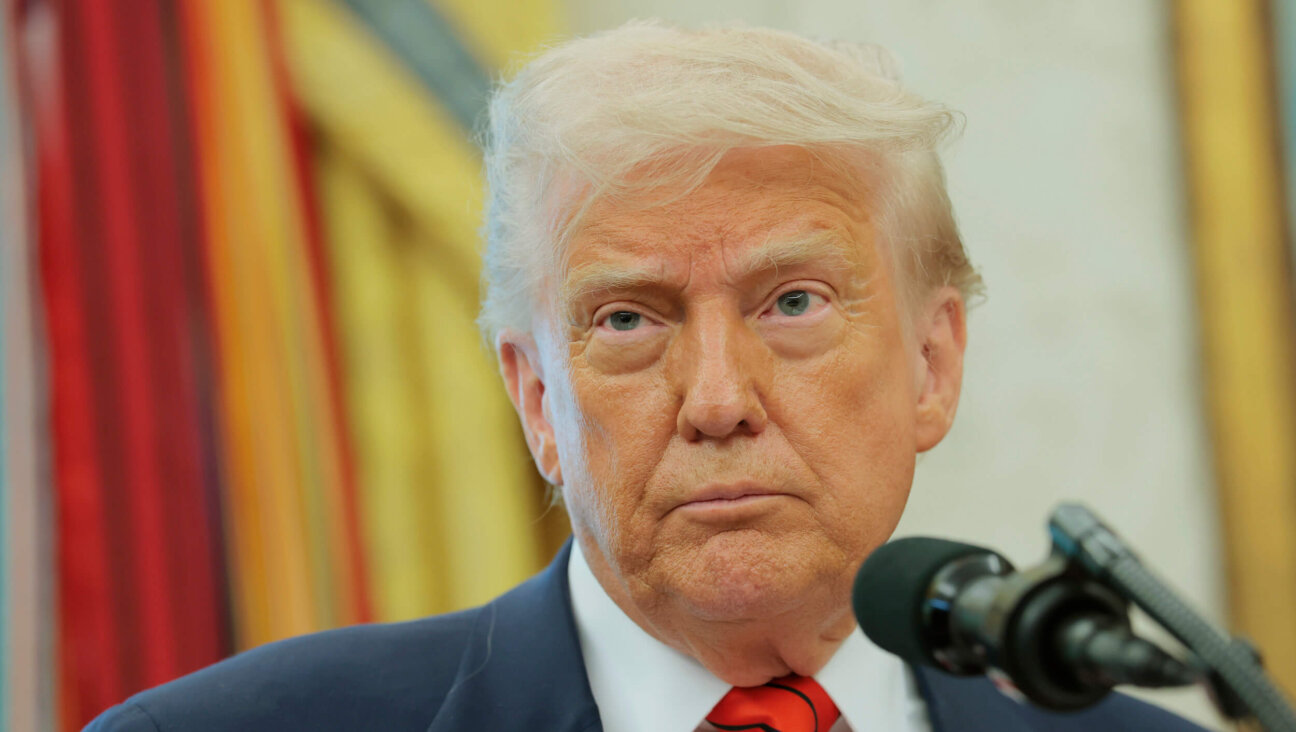
Opinion It looks like Israel totally underestimated Trump
- 3
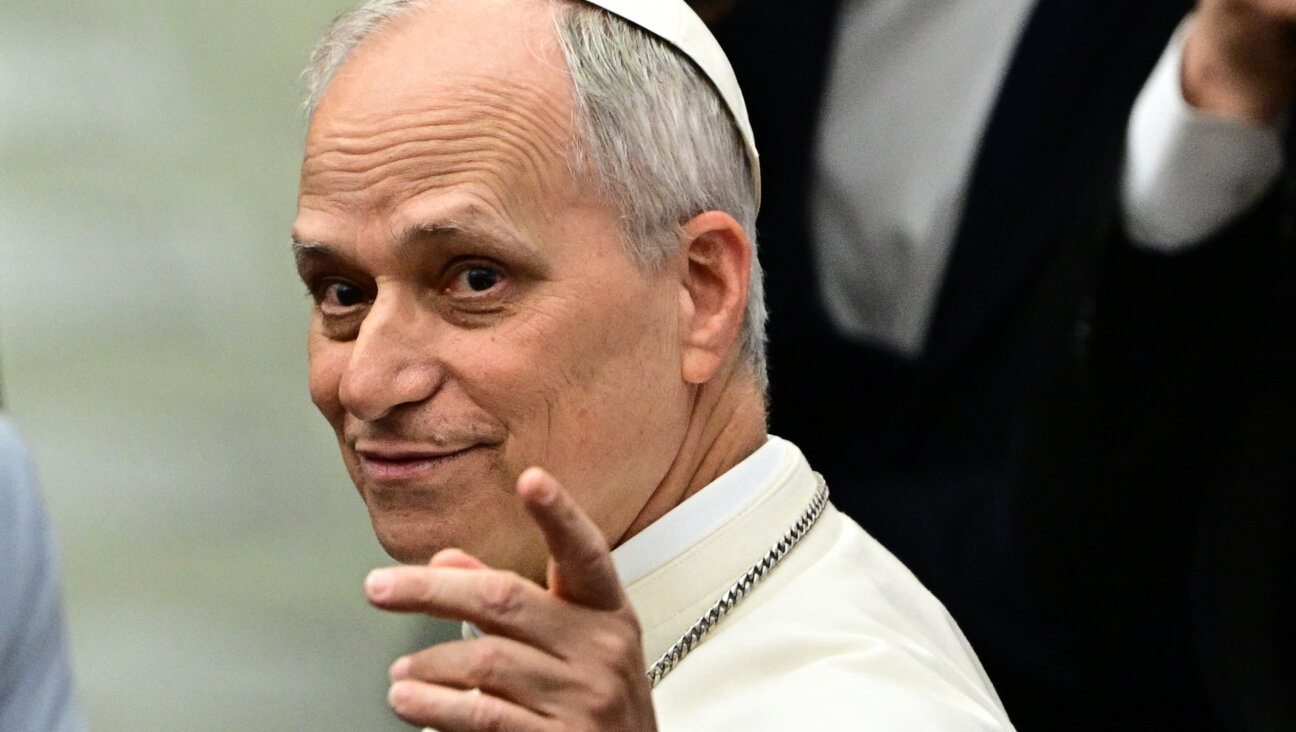
Culture Is Pope Leo Jewish? Ask his distant cousins — like me
- 4

Fast Forward Student suspended for ‘F— the Jews’ video defends himself on antisemitic podcast
In Case You Missed It
-
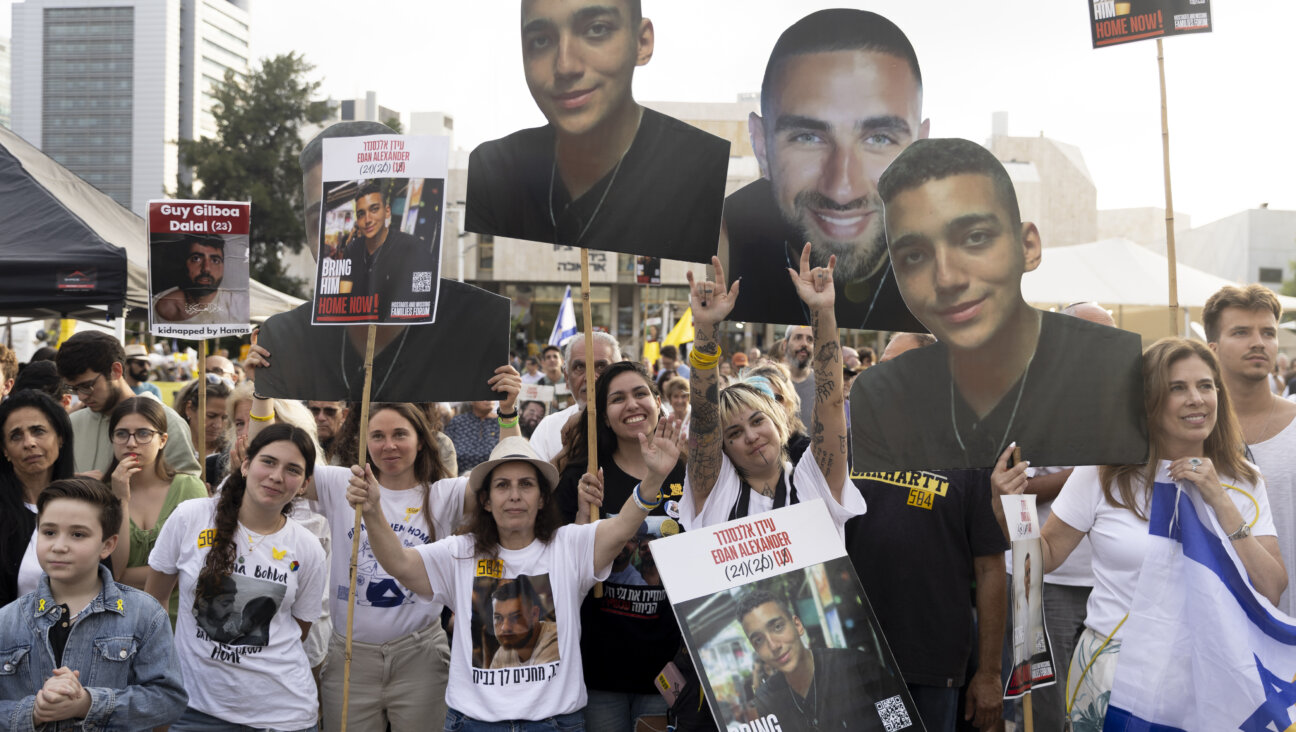
News In Edan Alexander’s hometown in New Jersey, months of fear and anguish give way to joy and relief
-

Fast Forward What’s next for suspended student who posted ‘F— the Jews’ video? An alt-right media tour
-

Opinion Despite Netanyahu, Edan Alexander is finally free
-
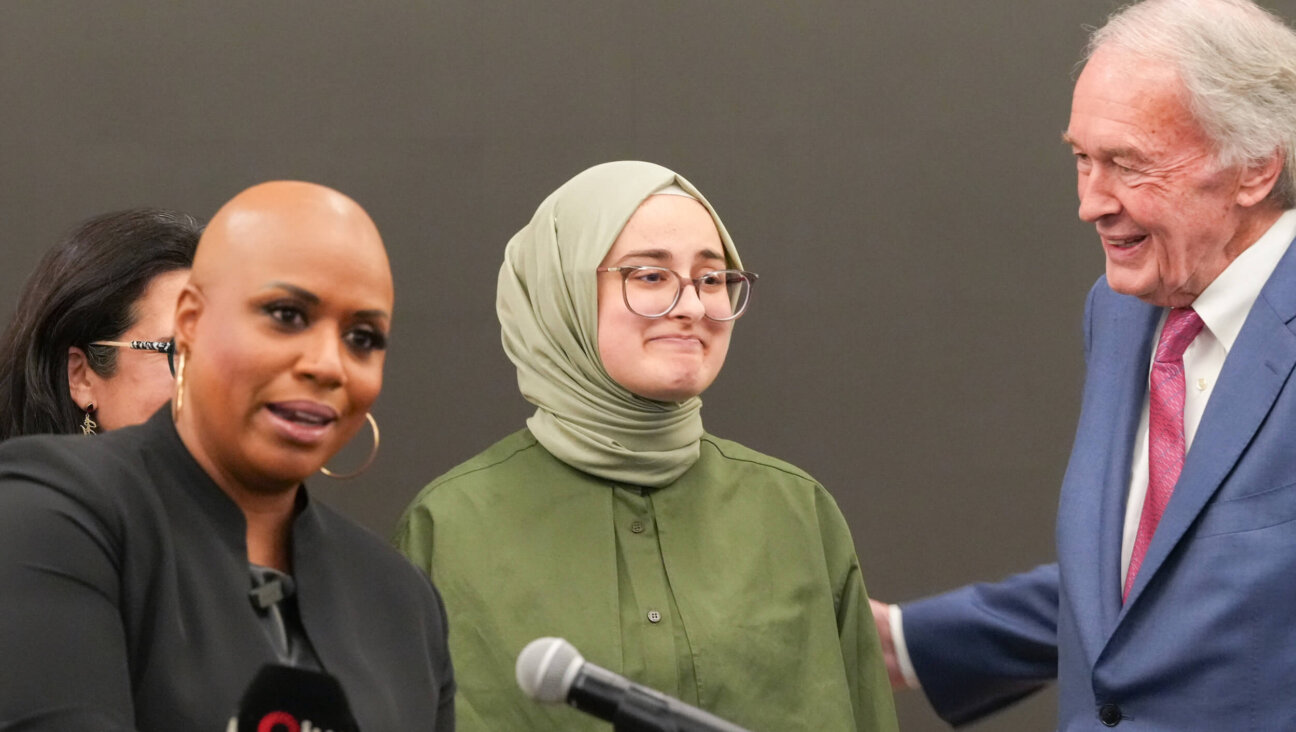
Opinion A judge just released another pro-Palestinian activist. Here’s why that’s good for the Jews
-
Shop the Forward Store
100% of profits support our journalism
Republish This Story
Please read before republishing
We’re happy to make this story available to republish for free, unless it originated with JTA, Haaretz or another publication (as indicated on the article) and as long as you follow our guidelines.
You must comply with the following:
- Credit the Forward
- Retain our pixel
- Preserve our canonical link in Google search
- Add a noindex tag in Google search
See our full guidelines for more information, and this guide for detail about canonical URLs.
To republish, copy the HTML by clicking on the yellow button to the right; it includes our tracking pixel, all paragraph styles and hyperlinks, the author byline and credit to the Forward. It does not include images; to avoid copyright violations, you must add them manually, following our guidelines. Please email us at [email protected], subject line “republish,” with any questions or to let us know what stories you’re picking up.










